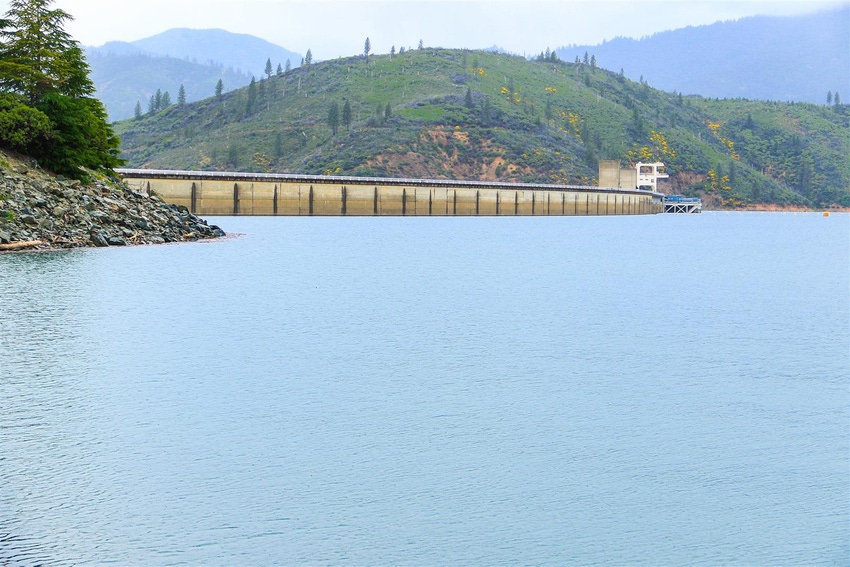
The announcement many California farmers were waiting for came the last day of February. Though good news, not all are cheering.
In short, many California water districts reliant on federal Central Valley Project (CVP) water can expect a full allocation. This has not happened in over a decade. Still, some farmers and water districts still need to be patient because the Bureau of Reclamation did not include them in its initial CVP allocation. For those included in the announcement it was the best news they’ve had in years.
The Bureau of Reclamation’s decision for a 100 percent allocation is a no-brainer. At no time in recorded history has more rain and snow fallen on California. Nevertheless, issues remain.
This forecast used to come about the first of February each year. In recent years the announcement was delayed – sometimes for weeks. This put farmers in a bad place as planting decisions are based on the promise of surface irrigation water. These delayed announcements can mean land sits idle when it could be used to produce food and fiber.
The latest announcement is more than a little concerning. While northern California farmers, senior water rights holders, and those who farm on the east side of the San Joaquin Valley are promised a full allocation, Westside growers in the San Joaquin Valley were left out of the Feb. 28 announcement. Reclamation officials are waiting on the National Oceanic and Atmospheric Administration or NOAA)to complete a temperature management plan for Shasta Lake.
Water temperature issues have become the go-to excuse for agencies and regulators to hold back on water deliveries that in years past would have been much more common sense. If the water is available – deliver it. The best example of this was in 1977 when Shasta Lake nearly dried up – even then Westside farmers received a 25 percent allocation.
Westside farmer Joe DelBosque said the delayed decisions by Reclamation in recent years have forced him to buy water at a high price and bank it in the San Luis Reservoir. It’s also forced planting decisions to be made further out with little promise the water will be delivered.
For DelBosque, if San Luis fills, he loses his right to his water, plus any money he spent on it.
Equally as appalling is the high likelihood that Reclamation may allocate only 25 percent of requested water to Westside farmers, clearly revealing that California’s drought conditions have nothing to do with climate and everything to do with draconian decisions by regulatory agencies and the extreme environmentalists who’ve successfully limited the abilities of American farmers to produce food and fiber.
In plain English: the Endangered Species Act and associated environmental regulations need to be repealed. We can rewrite responsible laws down the road if we so choose, but things are not going to change until these sacred cows are culled from our books.
About the Author(s)
You May Also Like






